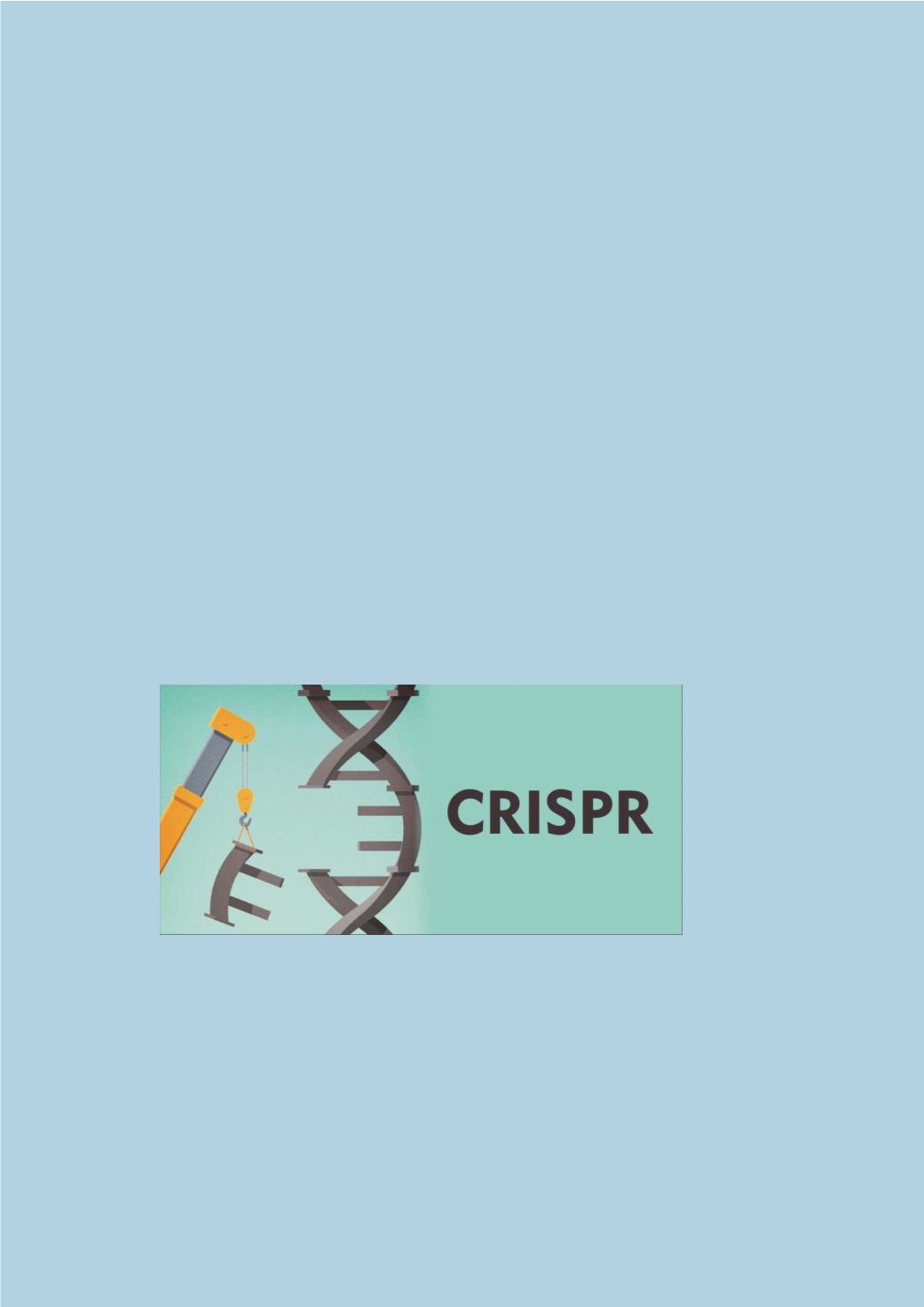

Issue 3 | Teddies Talks Biology
9
Gene Editing
Sadie Onosode - L6th
What Is Gene Editing?
Gene editing is a method in which DNA can be
inserted, deleted or replaced at a specific site in
the genome of an organism or cell. Genome is
defined as the whole genetic information an or-
ganism has or possesses. Gene editing is a la-
boratory technique in which ‘molecular scissors’
called TALENs are required for the process, al-
so known as engineered nucleases. Additional-
ly, the genome also includes regions of the
DNA that promote or inhibit gene activity, and
regions that do not seem to affect function and
production. For gene editing to correct a faulty
gene, the TALENs needs to target the right
gene if not this could result in random genes
being cut up that don’t need cutting up. This is a
rather difficult step – targeting the gene – be-
cause there are over 25,000 genes that make
up our DNA. Once the TALEN makes the right
cut and the
correct se-
quence is
added, the
cell is left
to do the
rest. Cells
will fix the
mistakes
by a pro-
cess called
homologous recombination.
How does it work?
The DNA needs to be cut very precisely during
gene editing. A tool known as CRISPR-Cas9 is
a gene editing method which has two compo-
nents. CRISPR stands for ‘clustered regularly
interspaced short palindromic repeats’. Cas9
stands for ‘CRISPR associated protein 9’, which
is the protein that cuts the DNA at the target
site. CRISPR refers to the basis of the guide
system that finds the ‘target’, which is the spe-
cific sequence of the DNA that is to be modified.
CRISPR Cas-9
Cas-9 is a protein which searches through the
genetic material that matches the sequence of
the programmable guide RNA. The guide RNA
enables Cas-9 to open the DNA helix. It posi-
tions two molecular blades to cut each strand of
the DNA helix. Repair enzymes seal the gaps of
the broken DNA by inserting new genetic infor-
mation supplied by the cell or inserter. Like this,
disease causing-mutations can be corrected or
altered by changing the underline genetic code.
Uses of Gene Editing
Gene editing is used to investigate and
carry out research such as on models of
human diseases or on:
Crops and livestock-introducing resistance
to diseases and increasing yield.
Industrial bio-
technology – produc-
ing pharmaceuticals
and developing bio-
fuels
Reproduction
and Inheritance –
preventing inher-
itance of a disease
trait.
What you don’t know about CRISPR
It can introduce mutations of various types to
find out why they cause diseases and make
people cancerous therefore able to treat pa-
tients with cancer or genetic diseases.
FUN FACT: It could also be used to create
genes that will make police dogs stronger
Last but not least, it could bring about drugs
that combat problems like obesity and diabetes.
















